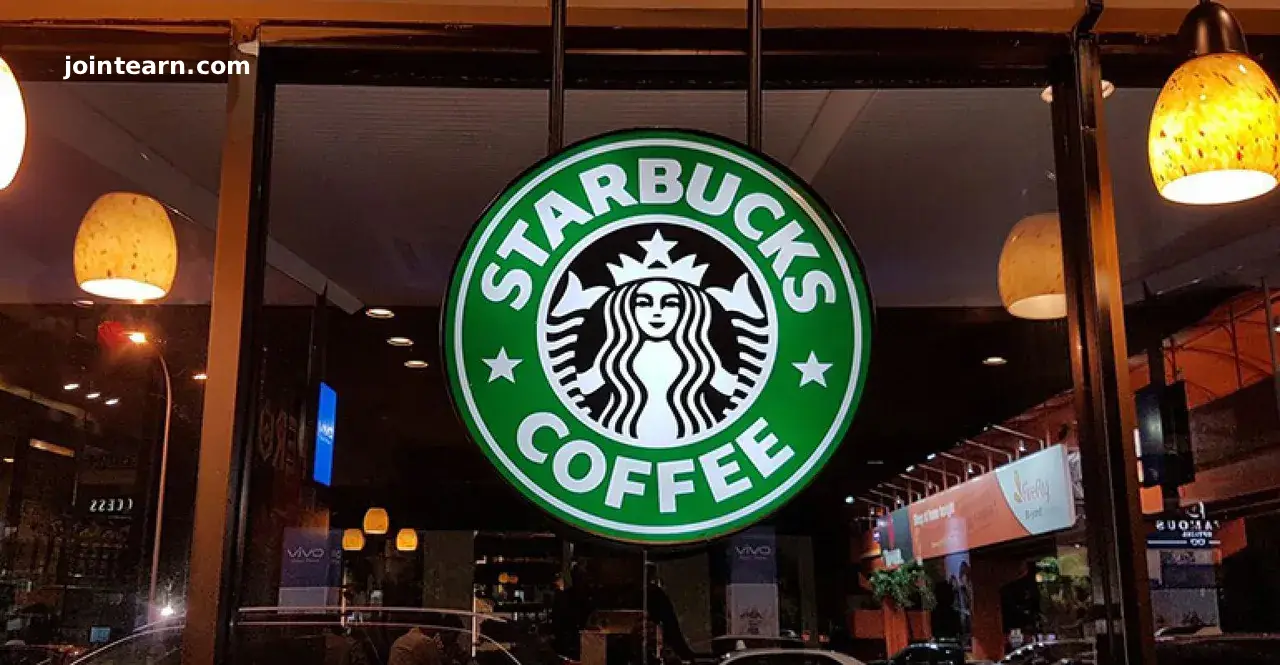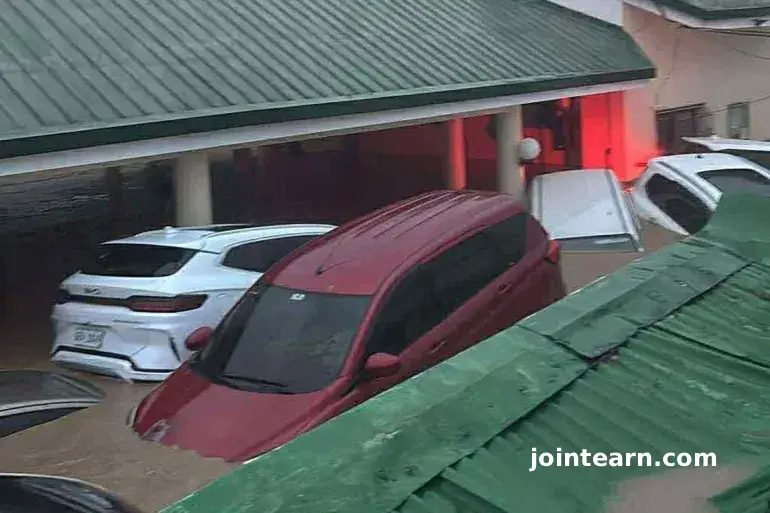Bihar is gearing up for the first phase of its crucial assembly elections, scheduled for November 6, and the political temperature in the state has risen significantly as campaigning reaches its final days. In this context, Prime Minister Narendra Modi is set to address multiple public rallies and participate in a high-profile roadshow in Patna on Sunday, signaling the Bharatiya Janata Party’s (BJP) intensified efforts to consolidate voter support in the state. The Prime Minister’s visit is not only symbolic of the party’s election strategy but also highlights the stakes involved in the forthcoming polls for both the ruling National Democratic Alliance (NDA) and the opposition blocs.
According to official announcements, Prime Minister Modi will begin his campaign day by addressing public rallies in the districts of Ara and Nawada. These rallies are intended to energize the local voter base, particularly in constituencies where competition is expected to be intense. Following these district rallies, Modi will participate in what has been described as a ‘mega roadshow’ in Patna, the state capital. This roadshow, which will pass through key locations such as Dinkar Golambar, Thakurbari Road, Bakarganj, and Udyog Bhawan near Gandhi Maidan, is expected to draw large crowds and serve as a focal point for the BJP’s messaging on governance, development, and public welfare.
The Patna roadshow will mark the Prime Minister’s third such public procession in the city since the last year’s Lok Sabha elections. Modi had previously held a roadshow in Patna shortly after the controversial ‘Operation Sindoor,’ an event that garnered widespread attention and highlighted the BJP’s ability to mobilize supporters effectively. The upcoming roadshow is expected to be even larger, with the party leveraging its organizational strength and celebrity campaigners to maximize voter engagement. The route has been carefully planned to ensure visibility across major urban areas, while also providing access to traditionally BJP-leaning neighborhoods, thereby reinforcing the party’s outreach strategy.
Security arrangements for the Prime Minister’s visit have been described as elaborate and multi-layered. Given the scale of the roadshow and the potential for large gatherings, local administration and security forces have coordinated to ensure the safety of both the Prime Minister and the public. Measures include deployment of Central Reserve Police Force (CRPF) units, state police personnel, and special security teams at key points along the route. Barricades, traffic diversions, and controlled access points have been established to manage the flow of crowds and prevent any untoward incidents. These arrangements are part of the standard protocol for high-profile leaders, particularly in a state like Bihar, where electoral campaigning often involves large public assemblies and high political tensions.
Ahead of the roadshow, Prime Minister Modi is scheduled to pay floral tributes to Rashtra Kavi Ramdhari Singh Dinkar, a renowned poet and nationalist icon, in Patna. This act of homage is symbolic, as it aligns the Prime Minister’s campaign with cultural pride and historical consciousness, while also appealing to voters’ sense of regional and national identity. Following the roadshow, Modi will offer prayers at Takhat Sri Harimandir Ji Patna Sahib Gurudwara, further reinforcing his outreach to diverse religious communities in the state. Such gestures are often integrated into political campaigns to signal respect for local traditions and to connect with voters on a cultural and spiritual level.
The Prime Minister’s visit coincides with other high-profile political events in Bihar. Union Home Minister Amit Shah and Leader of Opposition in Lok Sabha Rahul Gandhi are also scheduled to address public rallies on Sunday, supporting their respective parties’ candidates. Amit Shah is set to address rallies in Muzaffarpur and Vaishali, while Rahul Gandhi will be present in Begusarai and Khagaria. This convergence of top leaders underscores the intensity of campaigning in Bihar and reflects the strategic importance of the state in the national political landscape. For the NDA, strong performances in Bihar are critical to sustaining its political momentum, while opposition parties are seeking to challenge the ruling coalition and expand their electoral footprint in the region.
The Bihar Assembly elections, covering all 243 constituencies, are being conducted in two phases. The first phase, which includes 121 assembly segments, will take place on November 6, while the second phase is scheduled for November 11. Counting of votes for both phases is set for November 14. This staggered voting allows election authorities to concentrate security and administrative resources effectively, ensuring smooth conduct across multiple districts. For political parties, the phased polling presents both an opportunity and a challenge, as early results can influence voter perception and campaign strategies in the subsequent phase.
In addition to political strategy, the Prime Minister’s roadshow is being closely monitored for its symbolic impact. Patna, as the state capital and a major urban center, serves as a political barometer, reflecting voter sentiment across urban and semi-urban constituencies. High-profile events such as Modi’s roadshow are designed not only to mobilize supporters but also to generate media coverage, amplify the party’s messaging, and reinforce the perception of momentum and strength. Campaigners and party workers are mobilized across the city to ensure high turnout and to manage the logistical aspects of crowd coordination, security, and public engagement.
The Prime Minister’s participation in rallies and roadshows is part of a broader strategy to consolidate voter support in key constituencies, particularly where the BJP faces stiff competition from regional parties such as the Rashtriya Janata Dal (RJD), Janata Dal (United), and other smaller political outfits. The roadshows also aim to highlight the NDA’s developmental initiatives, governance record, and policy achievements, including infrastructure projects, social welfare schemes, and law-and-order measures. By directly engaging with voters in public spaces, Modi and other senior leaders seek to create a narrative of accessibility, responsiveness, and leadership, appealing to both urban and rural electorates.
The focus on public engagement through rallies and roadshows also reflects the importance of personal visibility in Bihar’s electoral politics. Leaders such as Manoj Tiwari, Ravi Kishan, and Dinesh Lal Yadav “Nirahua” have played a pivotal role in energizing voters and attracting media attention. Modi’s presence at such events amplifies the impact, creating a sense of political significance and urgency among the electorate. The convergence of national and regional leaders during the campaign period highlights the competitive nature of the election and underscores the high stakes involved in securing voter support.
Election authorities have emphasized the need for peaceful conduct during rallies, with security arrangements being tailored to prevent any untoward incidents. Road closures, deployment of security personnel, and coordination with local administration are critical to maintaining law and order, particularly during high-profile visits like that of the Prime Minister. Both the BJP and opposition parties are being closely monitored to ensure adherence to the Model Code of Conduct, which governs campaigning behavior, prevents misuse of official resources, and regulates public assemblies during the election period.
In conclusion, Prime Minister Narendra Modi’s planned rallies and roadshow in Bihar on Sunday represent a key phase of the BJP’s campaign ahead of the state assembly elections. The combination of public addresses, high-profile roadshows, and symbolic gestures such as paying tribute to cultural icons and visiting religious sites reflects a multifaceted strategy designed to appeal to voters on multiple levels. Coupled with security and administrative measures to ensure orderly conduct, these events are central to the party’s efforts to consolidate support, project leadership, and influence voter sentiment. With the elections just days away, the focus on Patna, Ara, and Nawada highlights both the political significance of these constituencies and the broader stakes for Bihar’s electoral outcome, shaping the narrative of governance, leadership, and public engagement in the final stages of campaigning.


Leave a Reply